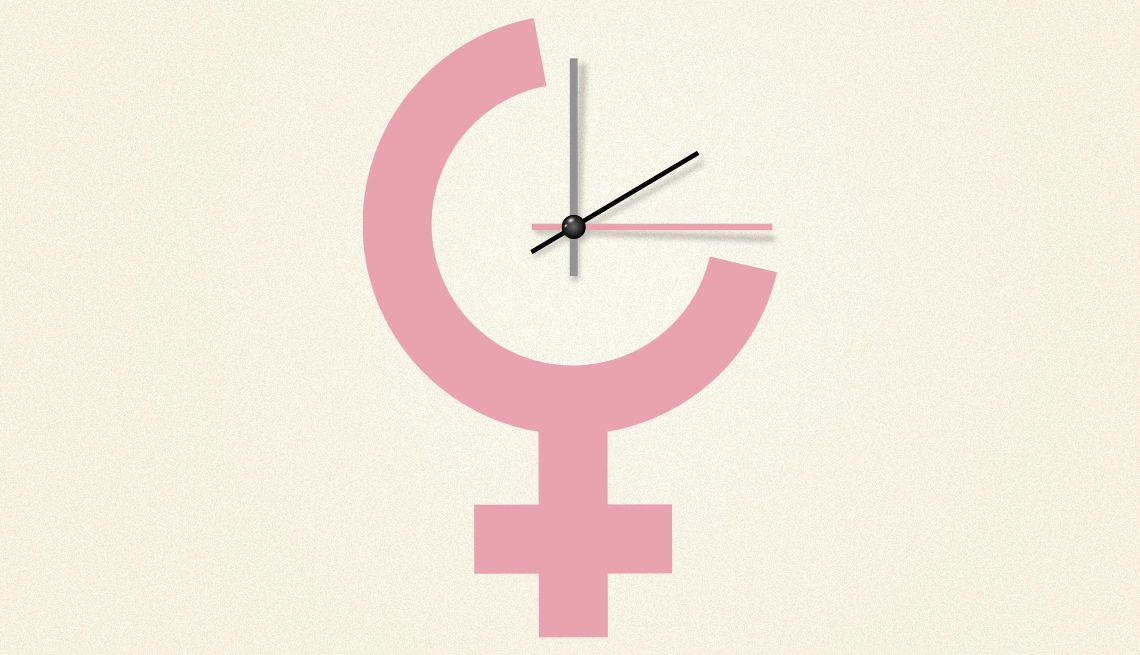
- Select a language for the TTS:
- UK English Female
- UK English Male
- US English Female
- US English Male
- Australian Female
- Australian Male
- Language selected: (auto detect) - EN
Play all audios:
An era in which Americans read a daily newspaper with their morning coffee, or on the subway on their way to work, is fading. Fewer than three in 10 adults say they read a print newspaper
every day, according to a new AARP Bulletin poll on newspaper readership. Not surprisingly, adults age 50 and older (71 percent) are more likely than their younger counterparts to read a
print newspaper. But only 29 percent of all adults age 18 and older pick up a newspaper daily, and 35 percent don’t read a print paper at all, the survey of 1,040 people found. Daily
metropolitan newspapers have been losing circulation for years as increasing numbers of people turn to more immediate sources for their news, such as television and radio, and, more
recently, the Internet. More than one-third (34 percent) of people ages 18 to 49 get their news fix online, compared with 16 percent of those age 50 and older. Among all ages, however,
getting the day’s news from television was the clear preference: 52 percent of people ages 18 to 49 and 69 percent of those 50-plus chose TV news as their primary source. Radio was the
preferred choice for 22 percent of those age 50-plus and for 20 percent of people younger than 50. Hal Hershman, 49, has a local newspaper delivered daily to his home. But he says he rarely
gets to read it because his wife takes the paper to work with her in the morning. He depends on his car radio for up-to-date news and information. “I’m frequently in the car going from
client to client, so the radio is my primary news source,” says Hershman, a certified public accountant in Richboro, Pa. “I read the newspaper on weekends.” Like Hershman, 21 percent of
people under age 50, and 12 percent of people 50-plus, read a print paper on the weekend only. But daily readership among older people was double (42 percent) that of younger folks (20
percent). Nearly half of those polled (46 percent) say they read print newspapers as often as they did five years ago; 32 percent say they read newspapers less. If newspapers weren’t
available in print anymore, most people surveyed (80 percent) said they wouldn’t be willing to pay to read a newspaper online. The decline of the newspaper industry has accelerated in recent
years. Within the last year alone, major metropolitan newspapers, including the _Seattle Post-Intelligencer_ and Denver’s _Rocky Mountain News_ have folded their print editions under the
strain of plummeting readership, a decline in advertising and the worst economic meltdown since the Great Depression. Others, including the _Chicago S__un-Times, The Philadelphia Inquirer
_and the _Philadelphia Daily News_, have filed for bankruptcy protection. _Carole Fleck is a senior editor at the_ AARP Bulletin.






